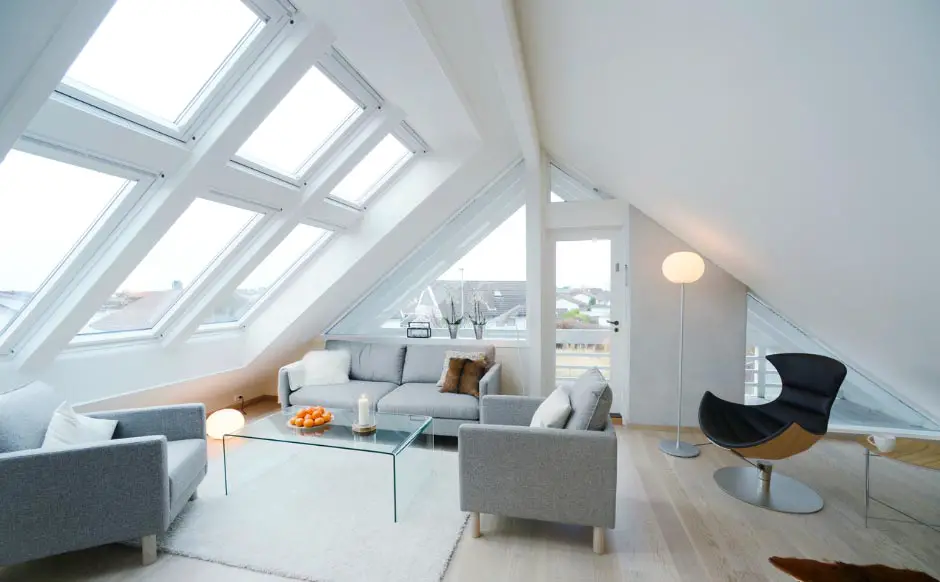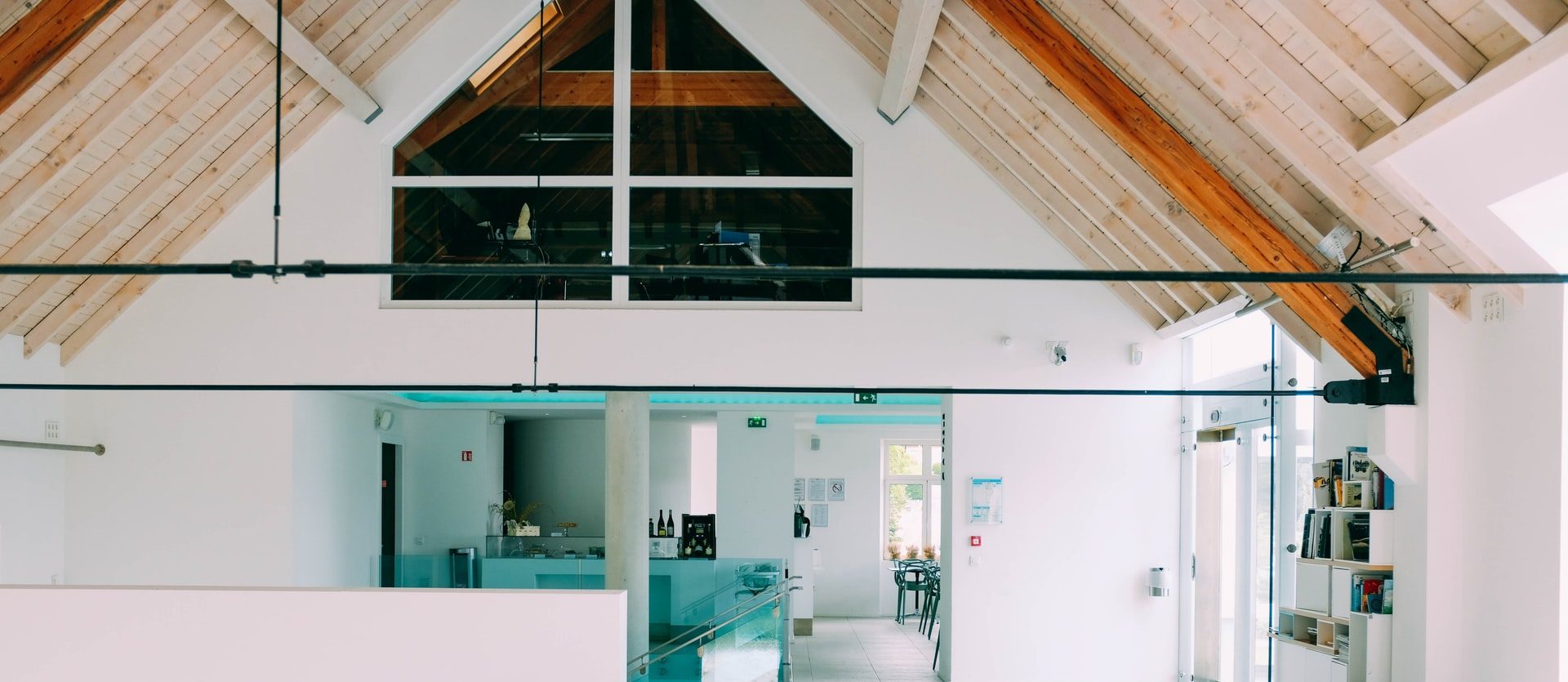Loft conversion regulations - what are the rules?
The advantages of a loft conversion are pretty well-known and so it is no surprise that these remain one of the most popular home improvement projects for homeowners looking to create more space.

A loft conversion can add, on average, an uplift of 25% to the value of your home and pound for pound represents better value than a ground floor or full height extension and that’s without factoring in the potential loss of valuable garden area or car parking space.
One of the key attractions for homeowners is the fact that some loft conversions may not even require planning permission so that equals less cost and less hassle when you are thinking about upgrading your home. However, some more ambitious conversions will require planning permission and there are other regulations which may also apply.
Get a more accurate loft conversion quote
Tell us a few more details and get a more accurate loft conversion price.
Will my loft conversion require planning permission?
Enshrined in law is the concept of something called ‘Permitted Development’ or PD and this allows householders to make some alterations to their properties without the requirement for planning permission. Hence, some loft conversions will fall within PD and not require a planning application and typically this will include what are described as low cost roofline conversions with Velux windows. In essence, there are no structural alterations to the roof and nothing protrudes more than a set distance beyond the roofline.
More complicated conversions will trigger a requirement for planning permission and this will include Mansard loft conversions and some dormer loft conversions. Here is the specific detail to help you decide whether or not your proposed loft conversion falls within the definition of Permitted Development:-
- The loft conversion does not extend beyond the plane of the existing roof slope at the front of the house – this is often referred to as the principal elevation
- The new loft space won’t be bigger than 40 cubic metres for terraced houses and 50 cubic metres for semi-detached and detached properties
- The loft conversion does not extend any higher than the highest part of the existing roof
- The loft conversion does not include any balconies or verandahs
- The conversion is constructed using materials that are similar in appearance to the rest of the property
- Any side-facing windows must be obscure glazed or opaque and at least 1.7 metres from the ground
- Any extension to the roof must not overhang the outer wall of the original house
- A roof extension must be set back at least 20cm from the original eaves with the exception of hip-to-gable extensions
All this being equal, if your home is a listed building then you will need Listed Building Consent and your conversion which may ostensibly fall within Permitted Development may still fall foul of it if it is located within certain designated locations such as conservation areas, national parks and Areas of Outstanding Natural Beauty – AONB. Always take professional advice if you have any concerns about planning permission rather than trip up later on. The current charge for one planning application is approximately £170.
What other regulations may apply to my loft conversion apart from planning permission?
Loft conversions do have to be constructed in line with building regulations and so your plans will need to be submitted to the local Building Inspector who will arrange to make stage visits to check that the construction complies with modern building regulations. This is a completely separate requirement to planning permission. There is a fee attached to this which usually is somewhere around a few hundred pounds. The type of things building regulations are concerned with usually include the following:-
- The structural strength of the new floor is sufficient
- The integrity of the overall structure including the existing roof
- Safe escape from fire
- Safely designed stairs to the new floor
- Reasonable sound insulation between the conversion and the rooms below
The Party Wall Act
If the house is terraced or semi-detached then your loft conversion will probably fall under the auspices of the 1996 Party Wall Act and you will need to negotiate a Party Wall agreement which is called an Award with either or both of your neighbours. The 1996 Party Wall Act was created to avoid disputes between neighbours and to protect people who share a boundary with a property which is undergoing certain types of work and home improvements of which a loft conversion is listed as one. The neighbour/s need to be protected from damage to their property and other nuisances such as noise and anti-social working hours.
Listed buildings and homes within conservation areas
Listed properties and houses within conservation areas are subject to further restrictions which prevent homeowners from substantially altering the property to change either its character or appearance in simple terms. This doesn’t mean you can’t have a loft conversion or undertake other home improvement works but there will probably be more restrictions on what you can achieve and you might have less freedom than someone who has an unlisted property or who does not live in a conservation area.
The cost of compliance
In addition to the quote from your loft conversion specialists, compliance with all of these different regulations is going to attract its own price.
- Planning permission – around £170
- Architect’s fees to draw the plans – on average, £800-£1,000
- Building inspections for building regulations – anywhere between £500-£1,000
- Party Wall Act – this is usually handled by your Architect, surveyor or even your loft conversion company and does not usually attract an additional fee. However, your neighbour/s are entitled to appoint their own surveyor to act for them (although this usually only happens if the existing relationship is already hostile) and you will be responsible for paying their surveyor’s fees under the terms of the Act
With the exception of compliance with building regulations which takes place whilst the project is in process, always ensure that all the necessary and appropriate consents are in place before work begins. Failure to do this will likely cause problems and delays and add expense further down the line. Click here to see loft conversion costs for a bungalow.
Get a loft conversion quote
See how we work below.

1. Tell us some details of existing loft
Tell us the details of your existing loft and how you would like the loft converted.
2. Tell us your UK address
We have a national network of roofers around the United Kingdom. Whether you are in Scotland or London, we can help.
3. Recieve a no obligation quote
You'll receive up to 4 no-obligation quotes and have a better idea of your loft conversion costs.
Get quotes from reputable suppliers here
Save 1,000's on your conversion loft project. Get no-obligation quotes today.

